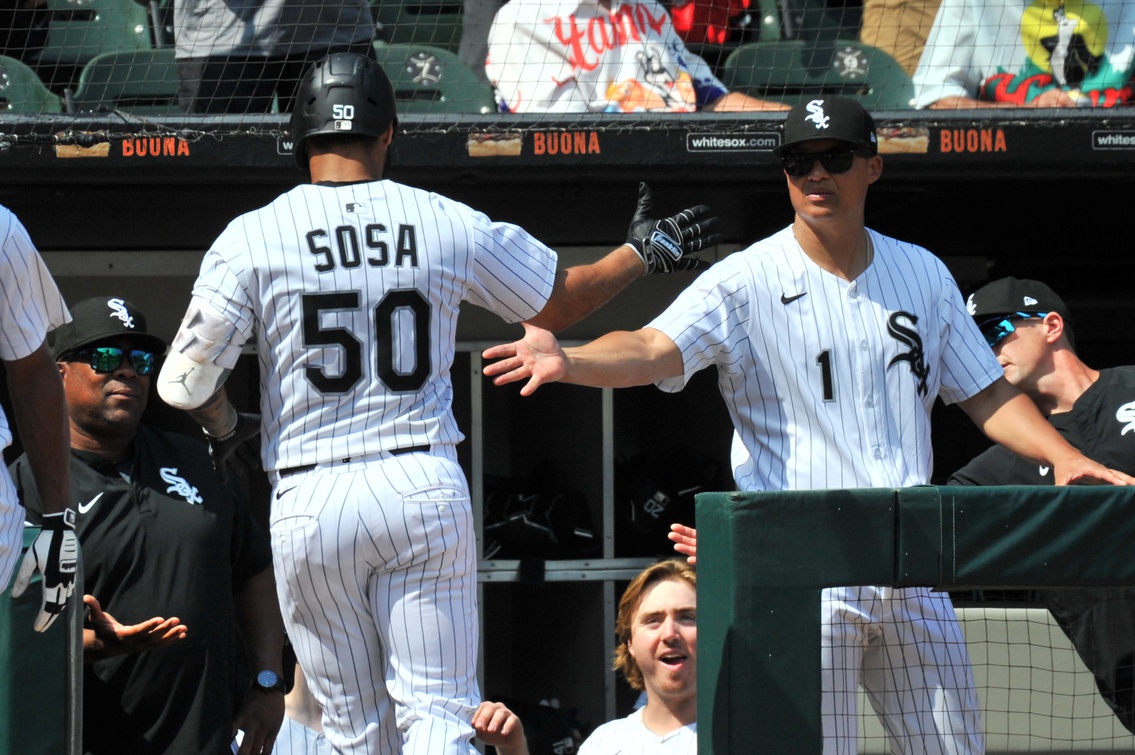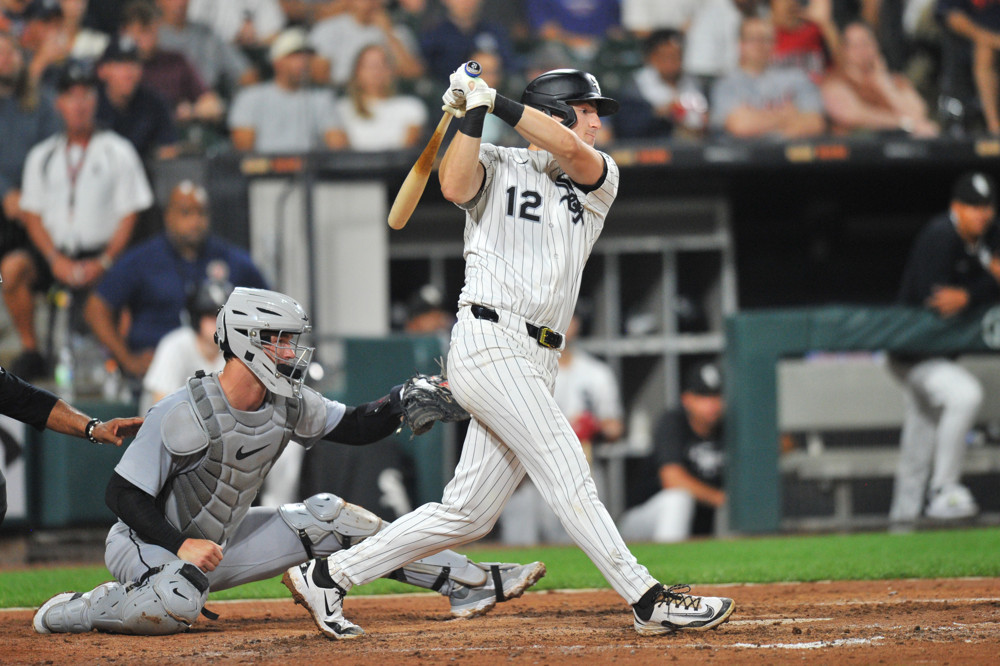Jonathan Cannon's ugly 5.34 season ERA, marred by a three-start skid that raised it by more than a run, also carries an unfortunate statistical harmony.
His FIP is 5.24, and his xERA is exactly 5.34, which is to say that simple, publicly available analytical models don't view his 2025 performance as quietly stronger than the surface results that got him demoted to Triple-A Charlotte on Friday. His Baseball Savant page is a troubling sea of blue, and the 93.3 mph average exit velocity opposing hitters managed against him over his last three starts is akin to Bobby Witt Jr. (93.4 mph on the season) coming to the plate all the time.

"We know there’s a better version of Jonathan Cannon than what we’ve seen here recently," said Chris Getz. "He’d been fighting himself a little bit, searching, so we view it as an opportunity to get his confidence back. He’s a guy that needs to attack the zone. He’s got an ability to get quick early contact, but he kind of got away from that approach."
Martín Pérez might not need a third rehab start and could soon offer a more permanent rotation replacement than Tyler Alexander helming a bullpen game. But it didn't take the sight of Cannon still in Chicago on Saturday, throwing a bullpen pregame to start building the feeling that his absence from the active roster should be on the shorter side, and the adjustments asked of him will be subtler than a 13.50 ERA over his last 12 innings would suggest.
For one, the repeated mentions of Cannon's need to "attack the strike zone" from Sox leadership already suggest a more granular issue, since his percentage of pitches in the strike zone and first-pitch strikes over his last three starts were both above his career averages. And the finer focal points laid out for him sound a lot like what have always been the battle lines for the command and contact-oriented right-hander since his debut last season.
"Trying to get him a little bit more consistent with his changeup and trying to get him up and in on lefties more," said pitching coach Ethan Katz. "With his arsenal, it's keeping the four-seam alive, keeping the sinker up and in along with the cutter, just so it's not one dimension where they can look down and look out over the plate."
Glimpses of Cannon revving his four-seamer to 95 mph and above are fewer this year, as the velocity of his whole arsenal is down a tick from 2024. But Katz assures that Cannon's stuff is as playable as ever, save for wanting to develop a depth-ier version of his sweeper if he's going to try to deploy it against left-handers.
It has and continues to be a lack of riding action for why Cannon's four-seam has always been more of a specialized tool for him in pro ball, something he wants to spot up-and-in to keep left-handers from diving out after his changeup. While he can split the plate with sinkers to righties and still produce harmless ground balls, Cannon lacks a fastball shape that profiles especially well to left-handed hitters, and has to cycle through a trio of different options -- four-seam, sinker, cutter -- in response to whatever the opposition is sitting on. When his response lags or his location is poor, it looks like a .545 slugging percentage for opposing left-handed hitters.
"The big thing is command, when it comes down to it," Cannon said of his game at the All-Star break. "The stuff models might say [your pitches] are good, but at the end of the day, you really have to execute in certain locations. The changeup might have really good numbers, but if you throw it belt-high every time, it's probably going to get hit hard."
This all serves to establish the standards Cannon must meet to have success, and his results clearly show he hasn't sufficiently met the mark to enjoy security. But it's also makes it hard to parse what his next evolution is supposed to be.
In this same conversation, Cannon talked about being able to focus on the intricacies of sequencing now that the arm slot variance he spent the offseason working on is now behind him. While Getz noted that the right-hander has been "fighting his delivery" of recent, Cannon's mechanics lack a smoking gun issue on par with something like Aaron Civale working to dip deeper into his back leg in his delivery, which has produced his recent spike in velocity after some knee troubles earlier in the season. Talking with Katz about Cannon centers more around staying unpredictable in his usage patterns, avoiding throwing anything thigh-high at all costs, and how thin the margins can run between his best work and his recent scuffles.
This is still a player profile that Brian Bannister declared last summer could mature into one of the better right-handers in the league because of his aptitude for producing and commanding seam effects to generate weak contact. But it has to be a tightly managed one. Cannon isn't exactly a velocity-dependent pitcher, but lives in a territory where losing a tick can remove his margin for error. A dual-rookie catching tandem still developing their pitch-framing and target setups can affect him more than others. His command against the Mariners was quite poor, but a lineup with that much left-handed pop always threatens a blow-up that mars his otherwise steadier work.
These are not issues uncommon to the White Sox rotation, which is heavy on pitchers with interesting arsenals and compelling paths to making things work, but have peripheral numbers that suggest they're nimbly avoiding similar pitfalls week to week. That makes it surprising that Cannon was tabbed for a demotion, even what seems like a brief one, when the team's league average-ish run prevention owes to their ability to manage these sorts of issues on the fly.
But this team wins games not too infrequently now, and with that comes a need to enforce tighter performance standards. Cannon's profile doesn't scan as an ideal target for a Triple-A overhaul, but his results build a clear case of where to set a line, even if a very similar pitcher winds up coming back and meeting the mark.






